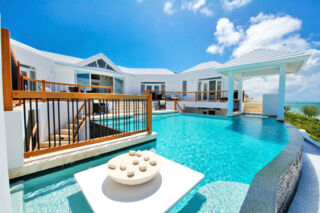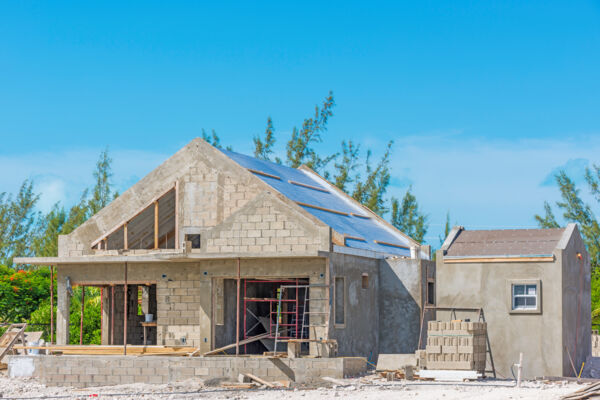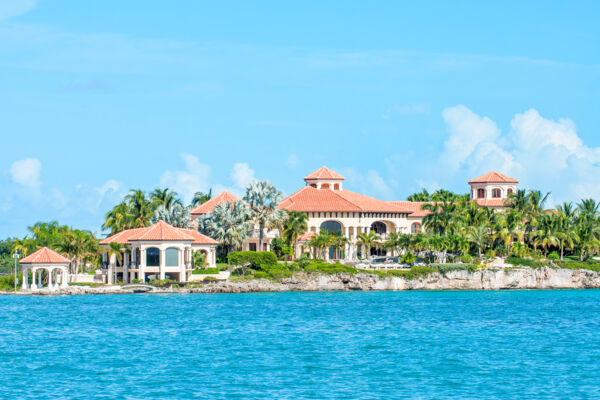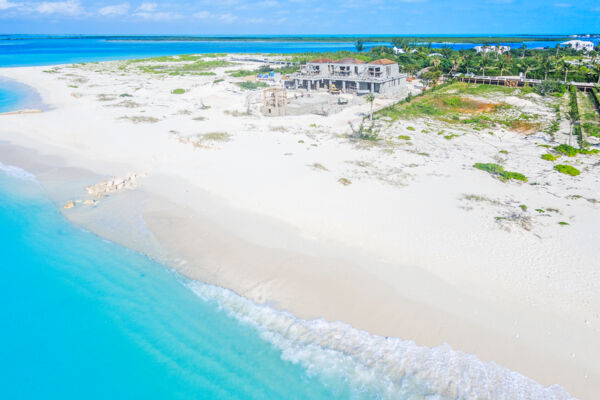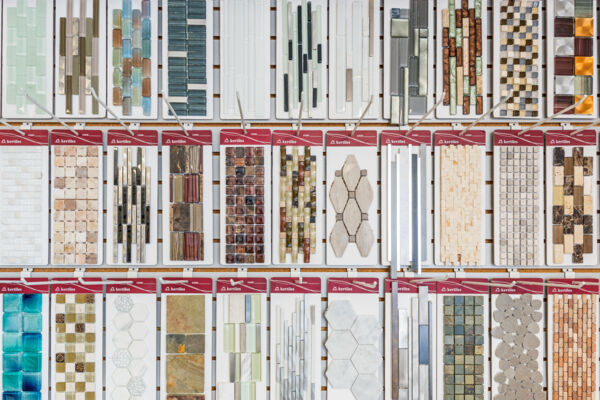Turks and Caicos Architects & Building Designers
The Turks and Caicos is home to several architectural and design firms, many of which have been operating for decades. Due to the expanding tourism and luxury residential development market, most architects and structural engineers are based on the island of Providenciales.
After the construction stage is begun, engineers may also be able to monitor and inspect the progress to ensure that the plans and building code are followed.
International Architects
Quite a few of the more-expansive resorts and luxury homes in the Turks and Caicos were designed by one of the larger international architectural agencies. These companies work with a local firm to obtain the necessary Turks and Caicos approvals and permits.
One important consideration with foreign architectural firms is their possible lack of knowledge of locally available materials, skilled labor, equipment, and building codes. An architect based in the Turks and Caicos will have a much better working understanding of what designs and materials are best suited to the islands.
Popular Architecture and Design
Modern British Colonial and Caribbean contemporary are popular styles in the Turks and Caicos today.
Another architectural design in the country is a Caribbean and Mediterranean blend, which combines, flowing poured concrete walls with clay tiles roofs and flooring.
Before settling on a style, we advise touring the residential regions on Providenciales, including Leeward, Turtle Cove, Chalk Sound, Silly Creek, and Turtle Tail. These coastal areas are home to a wide array of designs and features.
Solar and Alternative Energy
Another consideration is alternative and green energy sources, and how they may be incorporated into home and landscaping designs. The costs of such installations continue to fall, and is approaching the point where they may be financially viable in the Turks and Caicos. As a tropical archipelago, air temperatures in the Turks and Caicos are often high. The layout, windows, and materials used in a structure can greatly affect indoor temperature and efficiency of a home, whether air conditioning is intended to be used or not.
With current feedback policies with local electricity provider Fortis, it’s possible to approach a near zero cost electric bill for a household with a reasonable photovoltaic array if the residence is designed and appliances are selected with energy efficiency in mind.
Interior Design
When creating your dream home or project, it may make sense to begin working with an interior designer early in the planning stage.
There’s an increasing number of design firms dedicated to the luxury villa industry, and they’re able to take care of the design, installation and importation of fragile furniture and art.
Choosing an Architect
Many local architects have been practicing in the Turks and Caicos Islands for over a decade. Several have amassed impressive project portfolios of local houses, hotels, and resorts of their designs.
Depending on the type of project, and architect may engage the services of a specialist consultant. This is especially important for projects involving the marine environment (such as marinas and private docks).
Turks and Caicos Building Code
The local building code is similar to the Florida Miami-Dade County building code in the United States. Buildings must be constructed using hurricane-resistant materials, such as storm-proof windows.
The electrical code is comparable to the U.S. National Electrical Code. Electricity is 120v, 60Hz with North American style plugs and receptacles.
The local plumbing standard is based on the International Plumbing Code (IPC), with some exceptions, notably in regard to venting.
Some points to consider:
- A cistern is mandatory in new construction. Unlike in some U.S. states (such as Oregon and Utah), no permit is required to collect rainwater.
- Wood frame construction is generally prohibited. Some structures, such as gazebos and palapas, are excluded.
Customs Duties and Building Materials
Customs duties in the Turks and Caicos generally range from 10% to 30% (with an additional 5% customs processing fee).
Cement carries a 0% duty rate, and concrete blocks, plywood, and basic dimensional wood is 10%.
It’s important to understand that similar items have different duties. For example, ceramic floor tiles carry a 10% duty rate, whereas glass tiles, carpets, and carpet tiles are assessed at 30%. Different types of wood, and whether rough or processed, also have different rates.
In addition, white goods (domestic major appliances) and smaller household appliances normally have a duty rate of 30%. Energy Star qualified units have a reduced rate of 15%.
Persons holding Turks and Caicos Islander Status (previously titled ‘Belongership’) are afforded additional allowances and considerations on stamp duty and customs duty on their first residence. See Citizenship and Residency for information on the various residency statuses in the Turks and Caicos.
Turks and Caicos Architects
